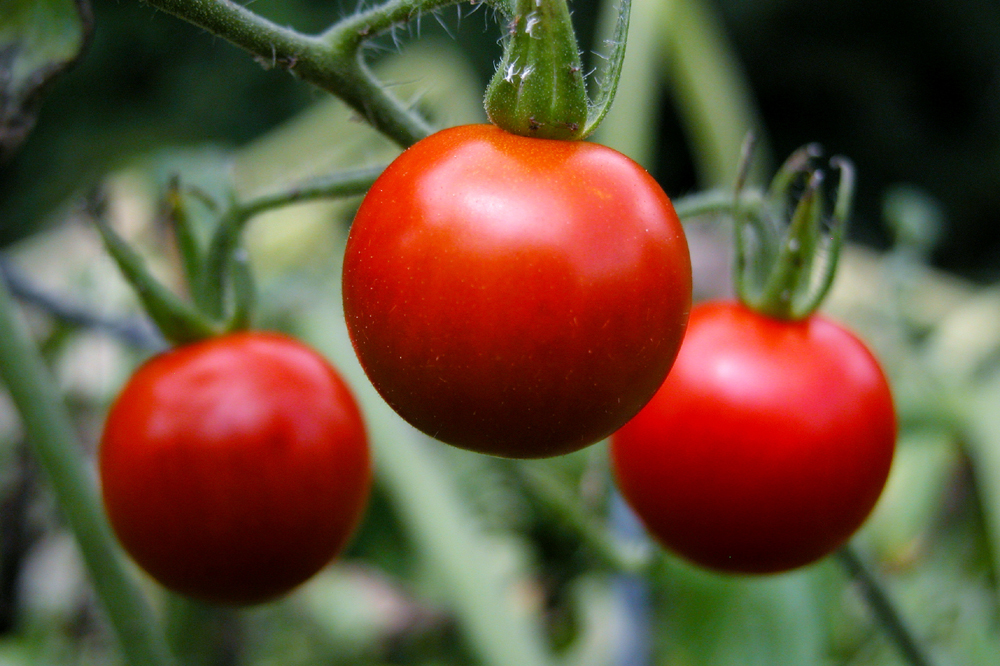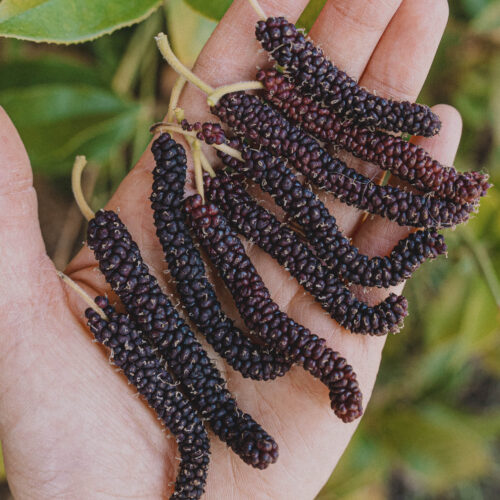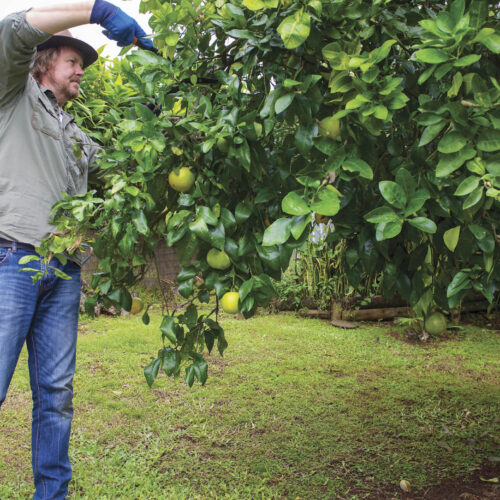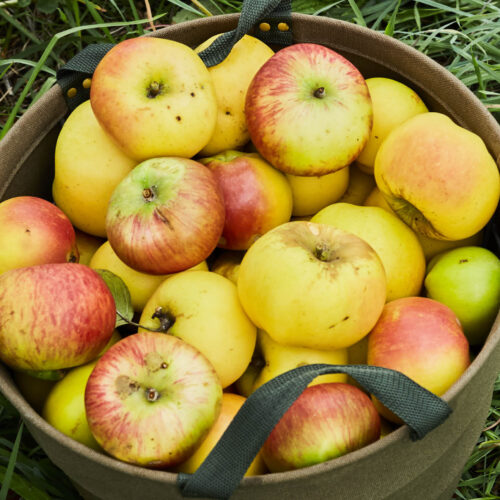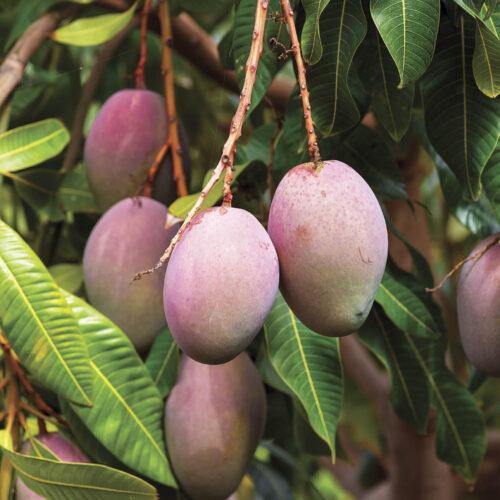Experiments in Tomato Growing
2011-09-29T23:39:35+10:00
Tomatoes are almost everyone's summer favourite, but they can be temperamental plants to grow. JUSTIN RUSSELL wonders whether gardeners over-cultivate tomatoes, and plans an experiment in leaving the plants to their own devices.
Right across temperate Australia gardeners are eagerly planting out the darling of summer crops – the humble, but never boring, tomato. I never tire of growing these beauties, but I have to admit that while the fruit is unsurpassable, the plants themselves aren’t the easiest things in the world to care for. What they really like is a Mediterranean climate (who would’ve guessed), with a warm, dry summer.
My climate’s the opposite. Summer is our wet season, which means my tomato plants have to cope with regular thunderstorms and periods of high humidity. Fungal diseases, and plenty of them, can devastate tomato plants in humid conditions and cause a major drop in fruit production or worse still, a lack of fruit altogether.
I’ve noticed over the years though, that the best tomatoes are those that simply pop up in a corner of the garden and are left to their own devices. During last summer’s big wet, my “cultivated” tomato plants all suffered terribly but the plants that self-seeded and were left to grow “wild” did brilliantly. It probably helped that they were all cherry tomatoes, which tend to be more disease resistant than large fruiting varieties, but the fact that they did so well in comparison got me thinking – I wonder whether we sometimes over-cultivate tomato plants.
Gardeners usually try to wrangle the plants into growing as a vine, when in fact, tomatoes are sprawling plants. They like to ramble freely across the ground. Their natural bent isn’t to grow as a single stem up a stake. My theory is that all of the pruning and pinching we gardeners do to force to grow on a single stem does two things: it weakens the plants, because fewer leaves are photosynthesising; and it creates multiple entry points for disease.
This summer, I’m planning to conduct a little experiment. I’m going to plant some toms in the conventional fashion, trained to a single stake. I’m going to try growing some in a cage, leaving a decent number of side shoots to grow out. I’m going to leave some self seeded plants to their own devices, of course, and here’s the radical bit – I’m going to deliberately plant some tomatoes to grow as sprawlers.
I’ll set aside a bit of ground where they can ramble without getting too congested and I’ll put down a mulch to stop fungal spores splashing up onto the foliage. I’ll irrigate if it gets really dry. But other than that, I’m hoping to simply plant the toms, and let them go wild. It’ll be fascinating to see how they perform.

